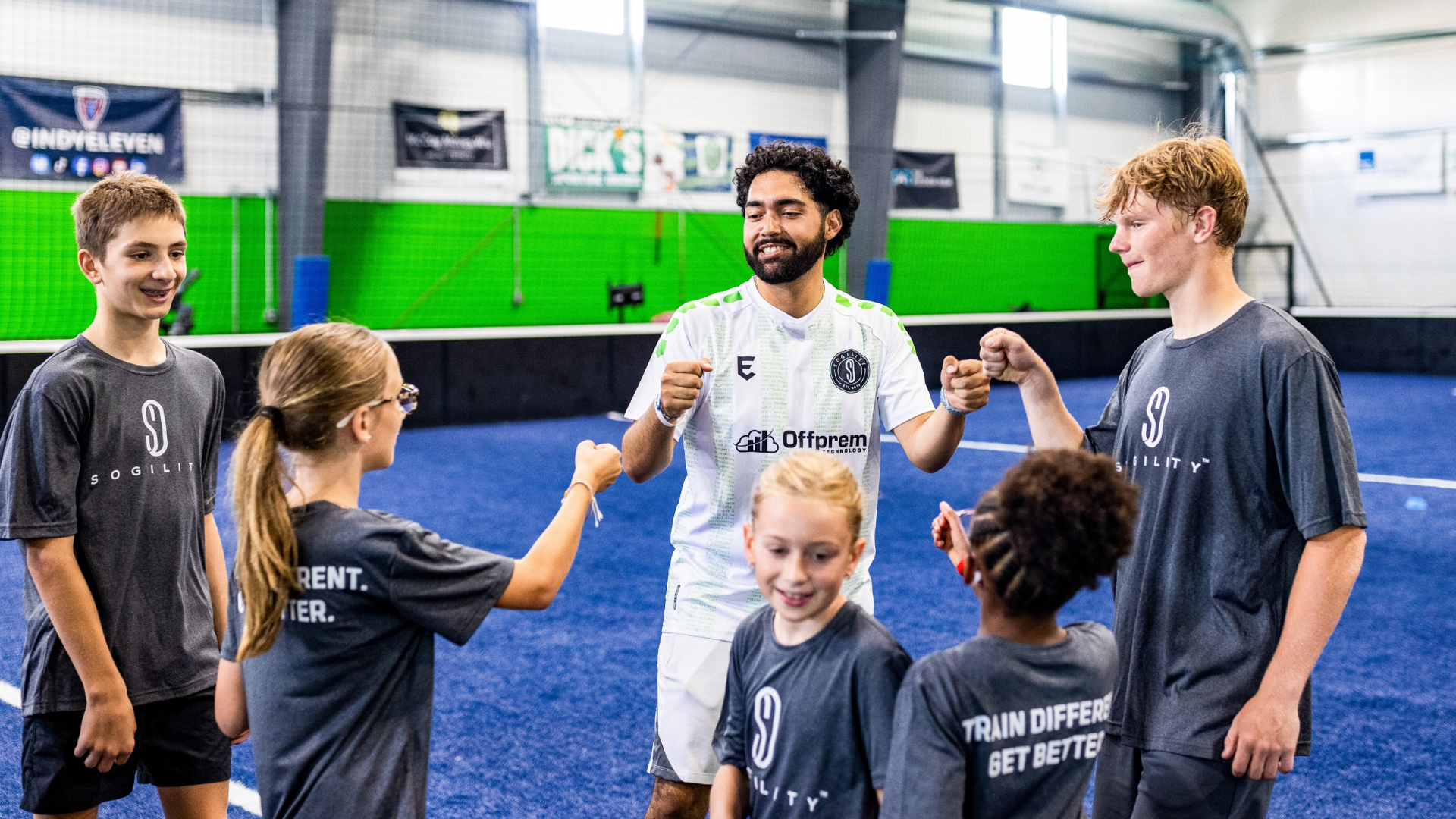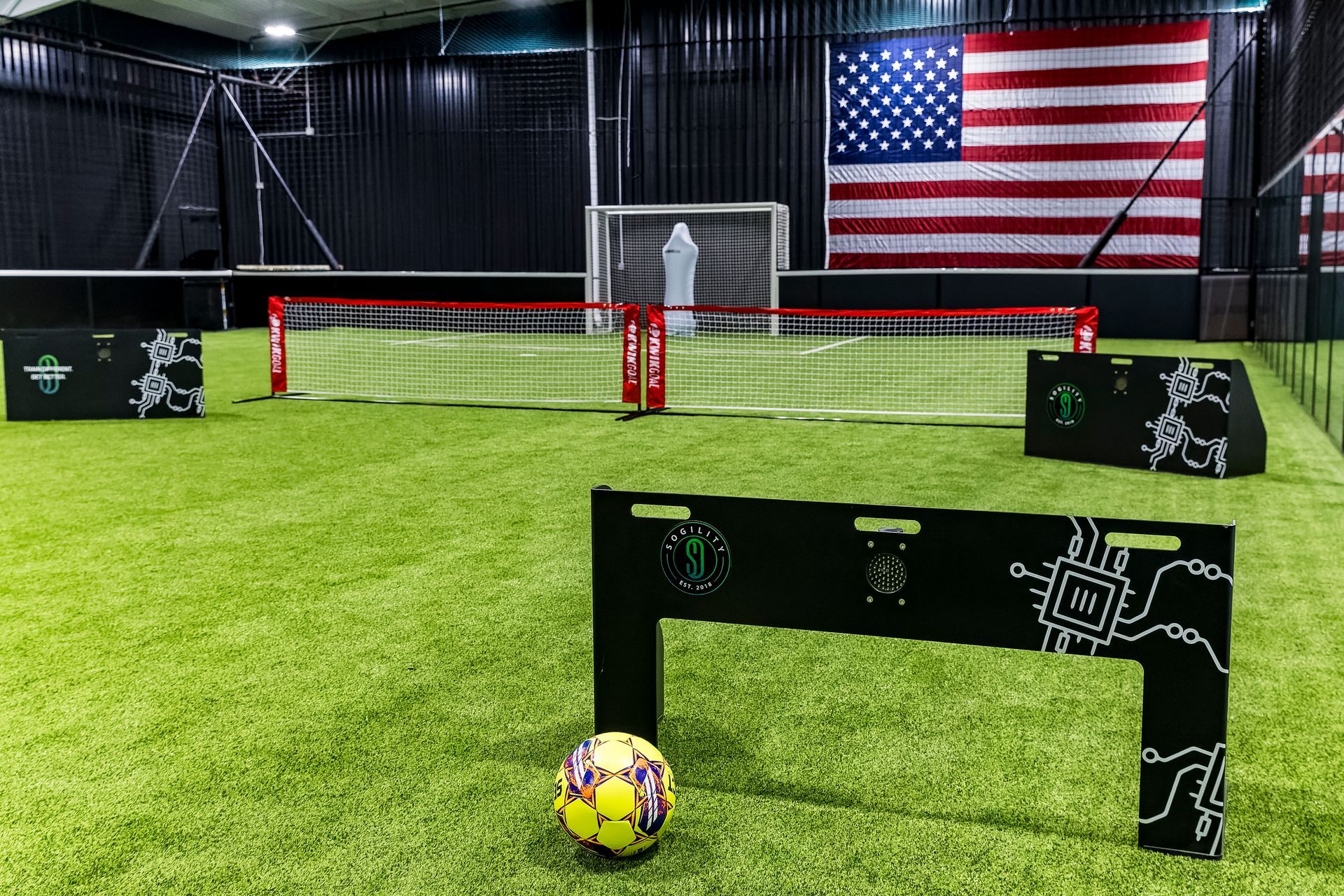March 13, 2024
Decoding the Harmonic Language of Communication in Soccer
In the heart of the soccer field, where every pass, tackle, and goal is orchestrated, lies an often-overlooked element that plays a pivotal role in team dynamics – sound waves. This exploration delves into the intricate relationship between sound waves and team communication, unveiling the symphony that unfolds on the pitch as players harness the power of sonic cues to enhance their performance.
1. The Rhythmic Language of Soccer: Sound Waves as Tactical Tools
On the soccer field, communication is a multifaceted dance where players use not only their voices but also the rhythmic cadence of sound waves to convey messages. Cleverly orchestrated through shouts, claps, and even footsteps, these sonic cues form a unique language that guides players in real time. From signaling a through ball to orchestrating a press, the rhythmic communication on the pitch is a sonic symphony that resonates with tactical precision.
2. Whispers of Strategy: The Art of Subtle Communication
Amid the chaos, players often engage in subtle whispers of strategy that go unnoticed by the untrained ear. Whether it’s a quiet word exchanged during a set piece or a strategic gesture, sound waves become a covert means of conveying information. These whispers of strategy, woven into the ambient noise of the game, allow teams to coordinate without revealing their plans to the opposing side.
3. Goal Celebrations: The Sonic Bond of Triumph
When the ball finds the back of the net, the ensuing celebration is not merely a visual spectacle but a sonic expression of triumph. The cacophony of cheers, screams, and elated shouts reverberate through the stadium, creating a collective sonic bond that unites players and fans alike. Goal celebrations become a moment of synchronized joy, where sound waves encapsulate the shared ecstasy of success.
4. Sonic Spatial Awareness: Navigating the Field Through Sound
In the fast-paced environment of soccer, spatial awareness is crucial. Players utilize sound waves not only to communicate but also to navigate the field with precision. The echoes of footsteps, the swish of the ball through the air, and the distant roars of the crowd contribute to an auditory map that players use to position themselves strategically. This heightened sonic awareness adds a layer of depth to their understanding of the game.
5. The Sonic Psychology of Opposition: Disrupting the Harmony
Understanding the psychological impact of sound waves, some teams strategically use disruptive sonic tactics to gain an edge. From orchestrated chants by passionate fans to coordinated vocal pressure on the pitch, the sonic psychology of opposition becomes a strategic element that can unsettle the rhythm of the opposing team. In this sonic chess match, teams exploit the power of sound to disrupt the harmony of their adversaries.
The role of sound waves in soccer team communication is a nuanced and often underappreciated aspect of the beautiful game. Beyond the visible plays and tactical maneuvers, an intricate sonic symphony unfolds on the pitch, where players communicate, celebrate, and navigate through a language of sound. As we witness the artistry of soccer, let us not only focus on the visual spectacle but also tune our ears to the harmonies of the sonic landscape that enrich the game with an additional layer of depth and complexity.
For more information on the technology driven soccer training offered at Sogility visit, sogility.net.
The post Decoding the Harmonic Language of Communication in Soccer
appeared first on Sogility.

At Sogility, our trainers are more than coaches, they’re mentors, motivators, and role models who help athletes discover their potential. This month, we’re excited to spotlight one of our dedicated Sogility Westfield trainers: Allan Ramirez. A Unique Soccer Journey Allan’s soccer story begins in Mexico City, where he was born and developed an early passion for the game. Unlike many players who rise through traditional youth club systems, Allan’s path looked very different. He only played one year of high school soccer and never played travel or club soccer growing up. Instead, he sharpened his skills in local adult leagues at a young age. His determination and love for the sport propelled him forward, eventually leading him to play semi-pro for multiple seasons and earn opportunities to try out for professional clubs. Allan’s unconventional path is proof that there is no single way to pursue the game, and that passion can take you far.

Holiday breaks can disrupt a player’s rhythm, but they can also be the perfect time to reset, refocus, and make meaningful progress. With the right approach, players can return to winter training sharper, stronger, and more confident—without sacrificing time with friends and family. At Sogility, we believe the holiday period is one of the most underrated training windows of the year. Here’s how to make the most of it. 1. Schedule Quick, Efficient Sessions Training during the holidays doesn’t need to feel overwhelming. Short, intentional sessions are not only easier to fit into a busy schedule, they’re incredibly effective for skill retention. Try aiming for: 3–4 sessions per week 20–30 minutes each Focused work on technique, speed of play, and ball familiarity These bite-sized sessions help maintain sharpness without burning players out. A few minutes of ball mastery or first-touch work done consistently over the break can have a huge impact once formal training resumes. Pro Tip: Pair a quick technical session with a simple fitness component—such as sprints, agility ladders, or core work—to stay game-ready as you enjoy holiday meals and downtime. 2. Take Advantage of Indoor Time Winter weather isn’t always friendly to outdoor training, but the holidays provide excellent opportunities to get creative indoors. You don’t need a full field to develop high-level skills—just a ball and a small space. Great indoor activities include: Focused work on technique, speed of play, and ball familiarityBall mastery (toe taps, inside–outside touches, sole rolls) Footwork ladders or cone patterns to develop agility Quick wall passes to improve first-touch and reaction speed Target passing using laundry baskets, tape squares, or furniture as safe targets Indoor training is especially helpful for developing control, coordination, and quick feet, skills that translate directly to better performance in small-sided play and high-pressure moments. Bonus Idea: Parents and siblings can join in, turning quick sessions into fun family challenges. This keeps training lighthearted and enjoyable during the holiday season. 3. Keep It Fun The holidays are a time to relax, recharge, and reconnect with the joy of playing soccer. Keeping training fun during the break helps players stay motivated and rediscover their creativity. Try adding: Trick-shot or accuracy competitions 1v1 games with friends or siblings Freestyle or juggling challenges Fun play builds confidence and improves problem-solving skills on the field—the type of creativity coaches love to see. Remember: When players enjoy the game, their technical development accelerates naturally. 4. Use Technology to Track Progress One of the biggest advantages of holiday break training is the ability to measure improvement in a short window of time. At Sogility, our tech-enhanced training stations are built for exactly this. With these tools, holiday break doesn’t just maintain your level, it elevates it. Players return to team training with sharper touches, quicker reactions, and increased confidence. Holiday Advantage: Most players slow down during winter break. Using tech-enhanced training gives you a competitive edge heading into winter and spring seasons. Final Thoughts: Make the Holidays Your Growth Season The holiday break is a valuable opportunity, not a setback. With short, targeted sessions, indoor creativity, fun-focused play, and Sogility’s training technology, players can make meaningful progress while still enjoying the season. Final Thought Whether you’re preparing for tryouts, winter league, or spring soccer, staying active during the holidays ensures you return with momentum, not rust.

All You Need in the Game: Master Essential Skills for Better Performance At Sogility, we know that mastering the essential skills of soccer requires more than just physical fitness — it demands speed, precision, sharp decision-making, and mental toughness. That’s why we offer Circuit Training , a revolutionary program that combines cutting-edge technology with innovative drills to prepare players for the fast-paced, high-pressure challenges of real-game play.
